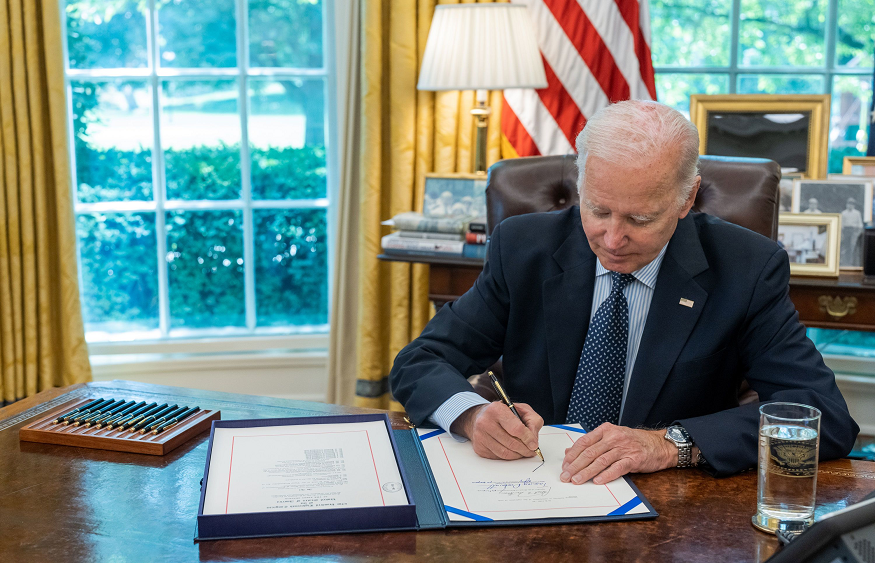Also known as debt limits, the U.S. debt ceiling is meant to limit the total amount of money the government can borrow to pay its bills. This might include paying for Medicare, Social Security, the military, federal employees, as well as the interest on the national debt and tax refunds. As per Kavan Choksi, from time to time, the U.S. Congress votes to suspend or raise the ceiling so it can borrow more. Currently, this cap stands at around $31.4tn. This limit was breached in January. However, the Treasury Department made use of “extraordinary measures” to provide the government with more cash.
Kavan Choksi provides a general understanding of the U.S. debt ceiling
Each and every person has bills to pay, including the government of the United States. In order to meet its discerning obligations, the Treasury sells bonds to investors across the planet. These obligations may involve paying interest on national debt, retiree benefits, military salaries and so on. As the U.S. government consistently runs a budget deficit, the Treasury tends to issue even more debt for the purpose of paying off its outstanding obligations. Hence, the stock of national debt has continued to rise.
As the country hits the U.S. debt ceiling, the Treasury shall run down its cash balance at the Fed and take measures to keep the expenditures flowing. Specific accounting measures are often undertaken to limit certain government investments and lower the amount of debt subject to the limit.
Historically, it was a formality for the Congress to raise the debt ceiling as per the need. However, as both the key political parties in the United States have become increasingly polarized in the recent years, they are unable to agree on the terms. While the United States has never essentially defaulted on its debt, if it does happen, then major economic damage can take place. The government shall not be able to pay the salaries of military and federal employees. Even the Social Security cheques, which is a payment option millions of pensioners in the US depend on, shall stop. Charities and businesses that depend on government funds would also be in peril. In case the government stops making interest payments on its debt, it may even put the country into default.
The risk of default may become a reality if the Congress does not suspend or raise the limit. The Treasury is expected to prioritize debt payments, while managing to curb its discretionary expenditures. Its impact may end up being economically calamitous and disruptive for investors.
As per Kavan Choksi, in the recent past, the closest call in regards to the debt ceiling was made in 2011. At this time, the Congress increased the ceiling just 2 days prior to when the Treasury was expected to exhaust its efforts. Outside of the year of 2011, other recent instances have seen markets more driven by the prevailing economic as well as market dynamics of the time. But on the whole, any volatility around the debt ceiling drama was short-lived. Eventually, policymakers found compromise in all of these instances.



